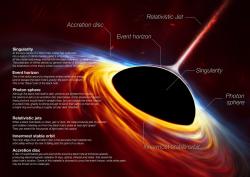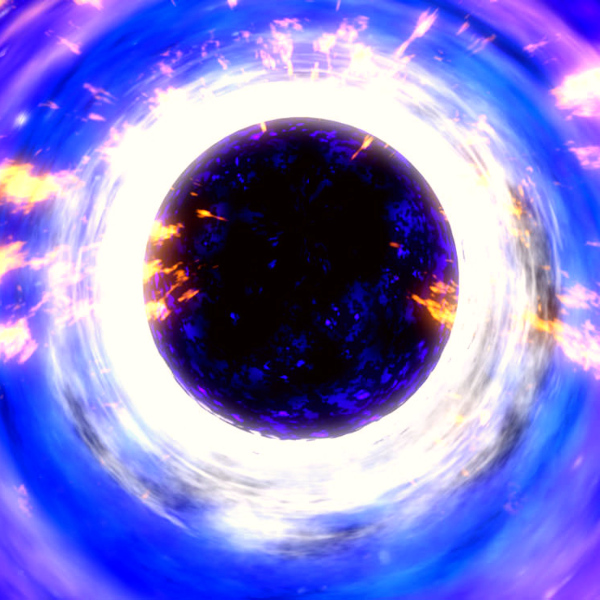Black holes or a dark star with Planck’s heart? Credit: NASA.
–
Black holes, the gravitational monsters of modern stories, are still very popular and even more mysterious and obscure. They emerge from the equations of Einsten’s relativity, but they are full of question marks and physical paradoxes, so not all physicists believe that they exist as we usually imagine them, with an event horizon and an unseen, infinitely hungry singularity.
In fact, there are a number of alternative hypothetical objects that their authors offer instead of classic black holes. It is a showcase of daring physical theories, from dark energy stars and GEODE objects, to gravastary, black stars, eternally collapsing MECO objects, wildly knotted fuzzballs, and dark stars.

Igor Nikitin.
Kredit: Cosmovia.
–
Igor Nikitin from the German Fraunhofer Institute for Scientific Algorithms and Computing in his new study coined the theory. According to her, black holes could actually be dark stars, in this case the so-called RDM-stars (RDM-stars, according to Radial Dark Matter), which do not have a singularity inside, but a “Planck core”. It would consist of matter compressed to the smallest possible relevant dimension in physics, ie to the Planck length, which is 1.6 × 10−35 meters.

Black hole anatomy (supermassive). Credit: ESO.
–
If Nikita’s right, it would change a lot of things. Planck’s core is a supere-extreme matter, but it’s not a singularity. Without singularity, however, there is no horizon of events, which eliminates certain famous paradoxes of black holes. There is an overwhelming gravity on a dark star with Planck’s heart, but it cannot subdue the speed of light, so radiation can escape from such an object. However, RDM-stars are like a bottomless gravitational well. It would not be easy for an outside observer to recognize. This will require extremely accurate observations.
As is the case in similar cases, bold theory solves not just one, but several burning problems of physics at once. Nikitin’s dark stars with Planck’s heart could emit low-energy particles, either known or hitherto unknown, such as the coveted dark matter particles. Nikitin imagines that Planck’s dark stars are like ghostly gargoyles, from which dark matter is constantly flowing to explain what we expect from dark matter, such as the strange motion of stars in galaxies.
Nikitin’s hypothesis probably doesn’t have much of a chance of success. At the same time, however, it shows how black holes are still a burning problem, what exotic ideas physicists can have, and also the fact that physical mysteries can be closely connected and their solution can one day pile up on us like an avalanche.
Literature
– .


